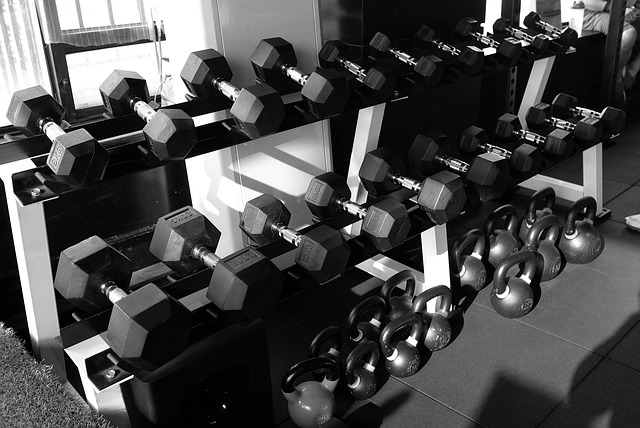The Importance of Cardio in Physical Education
When it comes to physical education, one of the most vital components is cardiovascular (cardio) fitness. Engaging in cardio activities not only enhances physical capabilities but also promotes mental well-being, making it an essential aspect of every fitness regimen.
Understanding Cardio Fitness
Cardio fitness refers to the body’s ability to take in, transport, and utilize oxygen during sustained physical activity. It’s the foundational element that powers other forms of fitness training. Regular cardio workouts increase your heart rate, improve circulation, and enhance endurance, contributing to overall health.
Choosing Activities that Fit Your Lifestyle
Physical education is all about finding enjoyable ways to stay active. Whether it’s running, cycling, swimming, or participating in team sports, the key is to identify activities that resonate with you. This connection can significantly increase your motivation and consistency.
Consider trying out different options to see what you love. Join a local soccer league, take up dance classes, or go hiking on weekends. These activities make your training not just a workout, but a fun way to spend your time.
Creating a Balanced Cardio Training Program
Incorporating cardio into your physical education program can follow these guidelines:
- Frequency: Aim for at least 150 minutes of moderate aerobic activity each week, or 75 minutes of vigorous exercise.
- Intensity: Mix different intensity levels. Include steady-state cardio, where you maintain a constant speed, along with high-intensity interval training (HIIT) for a more challenging workout.
- Time: Short durations of high-intensity workouts can be just as beneficial as longer sessions of moderate-intensity activities.
- Type: Choose a variety of activities to keep your routine interesting and to work different muscle groups.
Health Benefits Beyond the Physical
While fitness is a significant focus, the impact of cardiovascular training goes beyond just physical improvement. Engaging in regular cardio can:
- Enhance mental health by reducing anxiety and depression through the release of endorphins.
- Boost cognitive function and improve memory, which is particularly beneficial for students.
- Increase energy levels and improve sleep quality, leading to a more productive day.
Making Cardio a Fun Group Activity
Physical education often thrives on community and collaboration. Encourage group activities that naturally integrate cardio into them. Group runs, dance-offs, or team sports cultivate camaraderie while promoting fitness. This not only makes exercise enjoyable but also fosters a supportive environment where participants can motivate each other.
Staying Accountable and Tracking Progress
Setting goals is essential in any fitness journey. Whether it’s aiming to run a certain distance or participate in a fitness challenge, tracking your progress can keep you motivated. Use apps or journals to record your workouts, monitor improvements, and celebrate milestones along the way.
Embracing the Journey
Cardio fitness is not just a destination but a journey that can lead to lifelong health benefits. Through engaging and effective physical education, you can help foster an appreciation for cardiovascular fitness that students or participants can carry beyond the classroom or gym. Encourage exploration, enjoy the process, and make lasting memories through movement!



